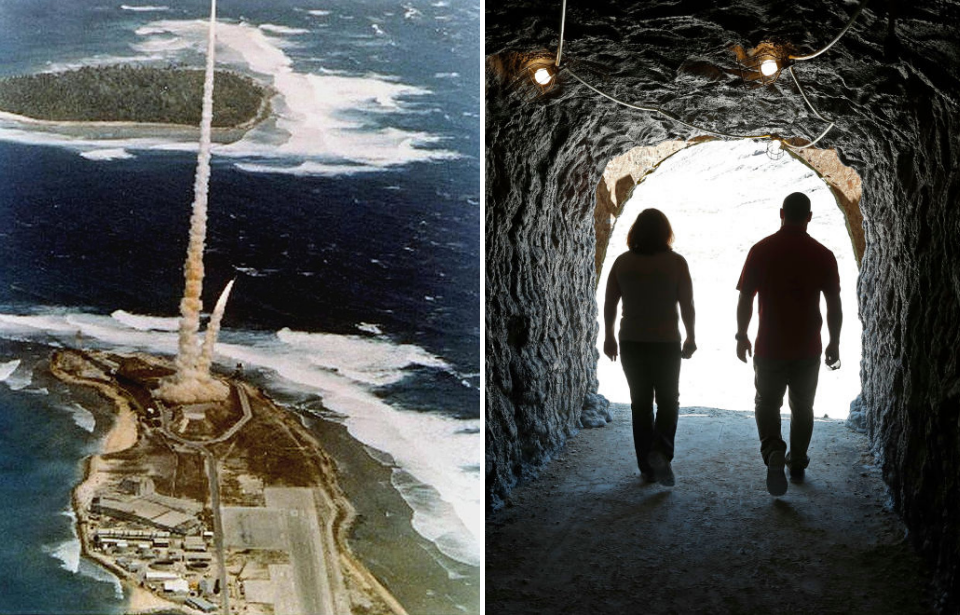The world’s military superpowers are known for being secretive when it comes to their operations, so it’s no surprise there are numerous formerly-secret bases located across the globe. The following are just five that played a major role in the history and evolution of warfare.
Dugway Proving Ground
Dugway Proving Ground (DPG) in the Utah desert was created during World War II to test chemical and biological weapons. Since its construction in 1942, much of the activity conducted within its confines has remained a closely-guarded secret.
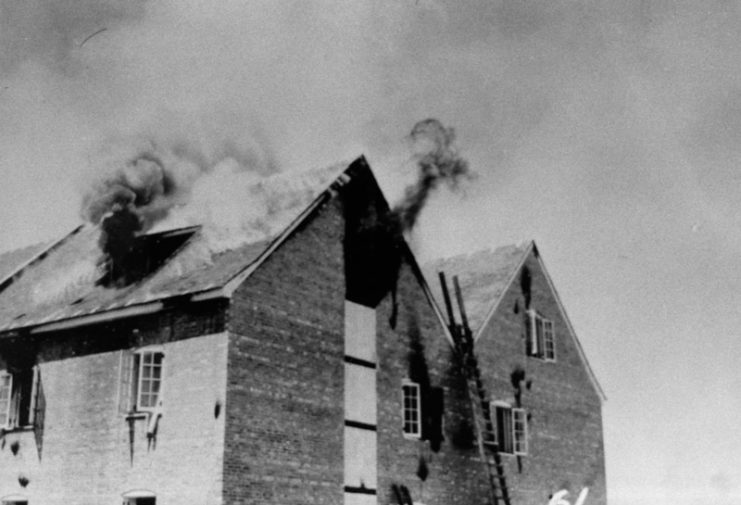
Among the chemical weapons tested at DPG include flamethrowers, a number of toxic agents, biological warfare weapons and chemical spray systems, while protective measures such as clothing and chemical agent antidotes were also researched. In order to prepare for urban combat with Germany and Japan, mock villages were set up, where soldiers practiced fire bombing.
Use of DPG was slowly phased out following the war, but was reactivated during the Korean War. It was confirmed as a US Department of the Army installation, and in October 1958 the US Army Chemical, Biological, and Radiological Weapons School was relocated to the base. It later saw use with the Rangers School from 1985 to 1991, as part of its short-lived Desert Training Phase.
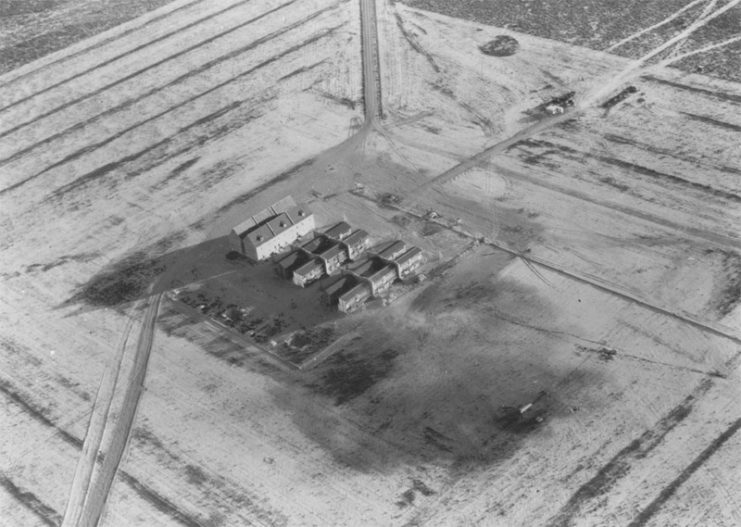
Currently, DPG is under the control of the US Army Test and Evaluation Command (ATEC). It serves as a facility for test flights conducted by the US Air Force, as well as maneuver training by the US National Guard and US Army Reserve. During the War in Afghanistan, Special Forces soldiers prepared for deployments at the base.
Oak Ridge, Tennessee
Oak Ridge, Tennessee might seem like your average town, but during WWII it was chosen as the site where the majority of nuclear materials for the Manhattan Project were developed. The area was chosen for a number of reasons: the relatively low population of surrounding communities meant property was cheap; ridges in the land provided natural protection; utilities were available; and the area was accessible by both highway and rail.
After acquiring a 17-mile-long swath of land, the US Army Corps of Engineers (COE) served residents with eviction notices, removed the original communities, set up checkpoints and fences, and established a worker city on the eastern side of the valley. Four plants were also built: K-25, S-50 and Y-12 were used to extract uranium-235 from natural uranium, while X-10 produced plutonium using a Graphite Reactor.
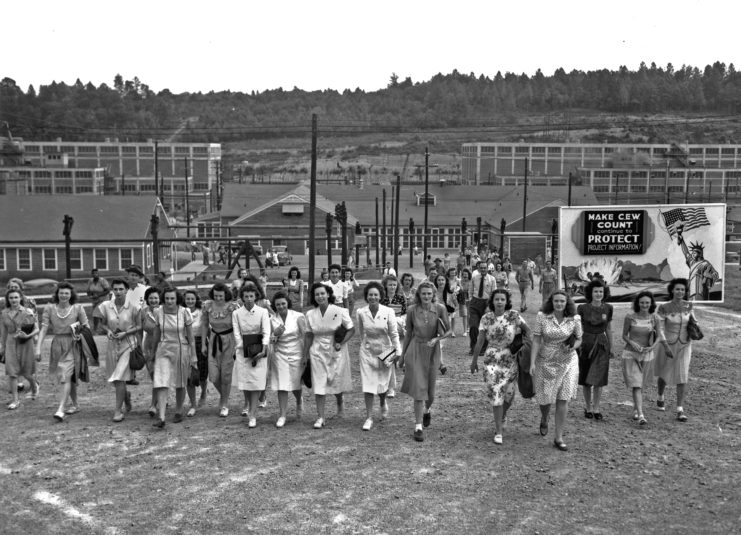
The site was returned to civilian control two years following the conclusion of the war, under the authority of the US Atomic Energy Commission (AEC). It was officially incorporated in 1959, and today just the X-10 and Y-12 plants remain standing.
Kwajalein Atoll
Located in the Marshall Islands, the Kwajalein Atoll was used as a US Navy base during the Second World War. On January 31, 1944, the 7th Infantry Division, led by the 11th Infantry Regiment, conducted an amphibious assault on Kwajalein, and the next day the island was bombarded with an estimated 36,000 shells. On February 4, it was claimed by the US forces, taking control away from the Japanese.
Following its capture by the US, Kwajalein was used as a staging area for campaigns geared toward the invasion of the Japanese homeland. As WWII ended and the Cold War began, it was turned into the command center and preparation area for nuclear tests conducted at the Bikini and Enewetak atolls. In the 1950s, it was taken over by the US Army for use in its Nike Zeus anti-ballistic missile efforts.
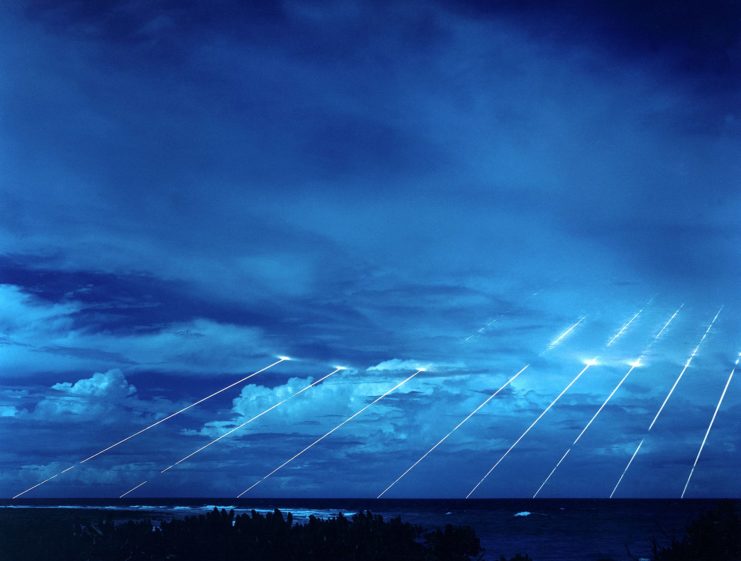
When the threat of nuclear attack decreased following the conclusion of the Cold War, the defense programs that operated out of the Kwajalein Atoll were cancelled. The location is now used for a variety of reasons. While missile testing still takes place, it’s also home to radar and tracking systems, and is one of five ground stations used in controlling GPS technology.
Kapustin Yar
One of the first Soviet rocket and missile test sites, Kapustin Yar was established on May 13, 1946. Located in Astrakhan Oblast, it began its existence by testing captured German A-4 (V-2) rockets, the first of which occurred on October 18, 1947. No one was allowed access to the site without government clearance, and it wasn’t included on any map. To support the engineers and scientists working there, the nearby town of Znamensk was established.
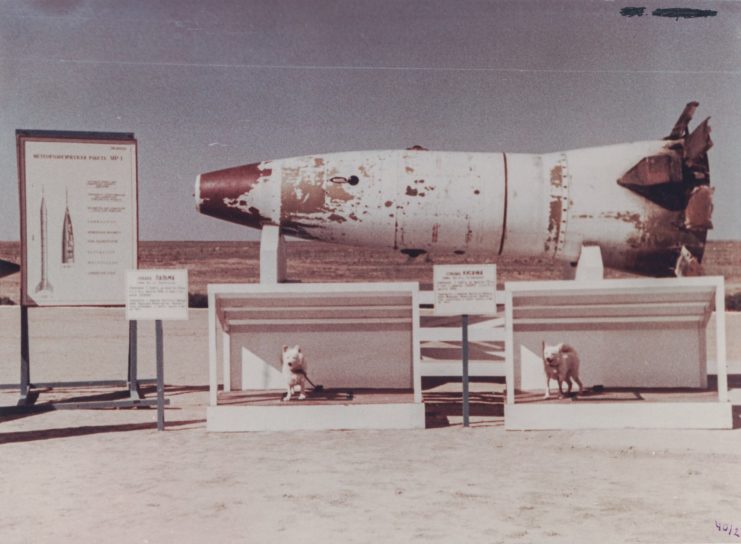
The importance of Kapustin Yar wasn’t known until the mid-1950s, during a debriefing of German scientists and spy flights. In 1959, it was the only publicly-known missile test range in the USSR, and those outside of the country believed it was the launch site of the Sputnik 1 and Sputnik 2 satellites. It has since been dubbed “Russia’s Roswell,” due to numerous supposed UFO sightings.
It was transformed into a cosmodrome in 1966, and continues to operate to this day.
Pine Gap
Pine Gap is a top-secret military base located in the middle of the Australian Outback. Opened in 1970, its creation followed the signing of a joint US-Australian treaty that called for the construction of a US satellite surveillance location in Australia.
During the Cold War, the site was used to monitor and collect information on the testing of Soviet missiles through the use of CIA satellites. Following the end of the conflict in 1991, it shifted its purpose to war-fighting. This was due to the ongoing global War on Terror, and has resulted in the location playing host of a Relay Ground Station (RGS) and a FORNSAT/COMSAT interception function.
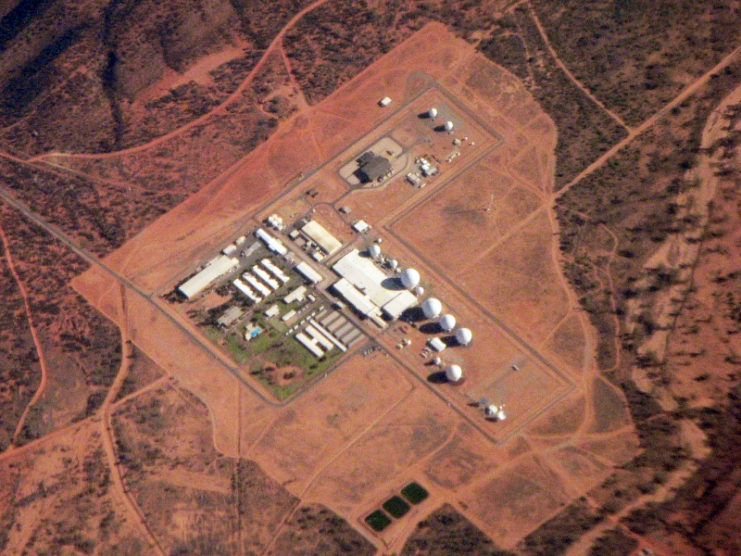
Very little is known about the day-to-day goings-on of Pine Gap, other than its use for intelligence gathering and protecting against the potential use of ballistic missiles from hostile countries. Today, the site is largely known through the Netflix series of the same name, which focuses on the actions of those working at the base.
